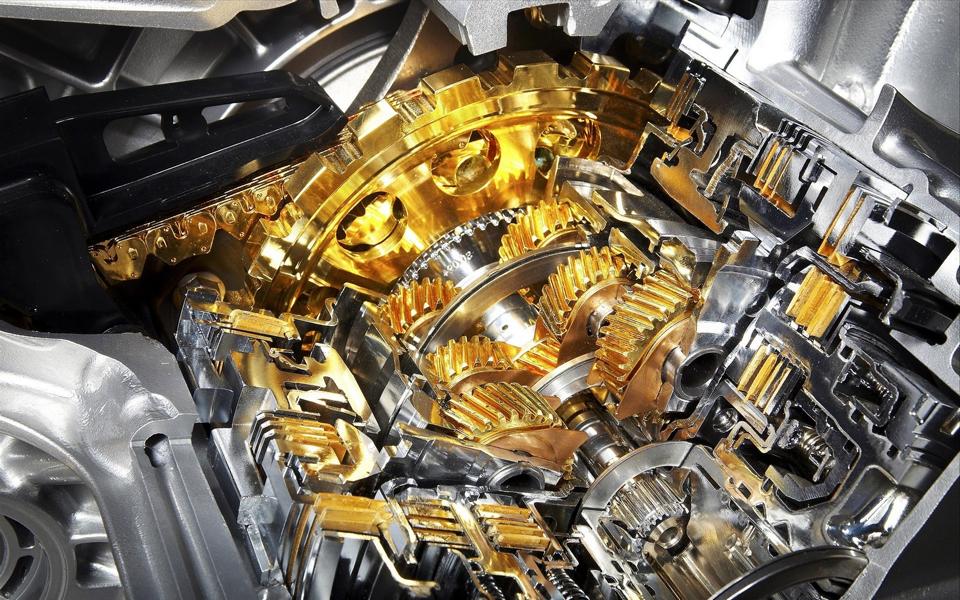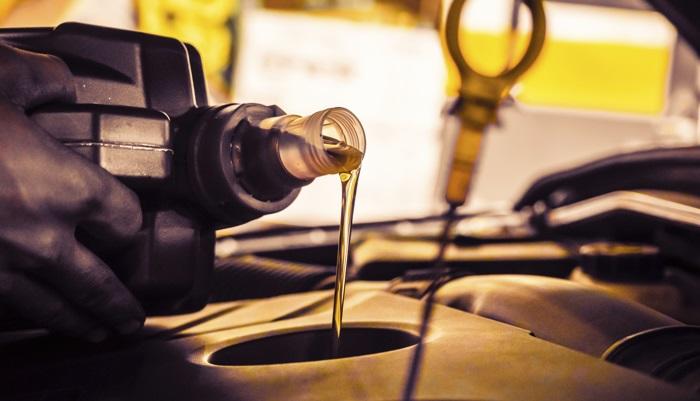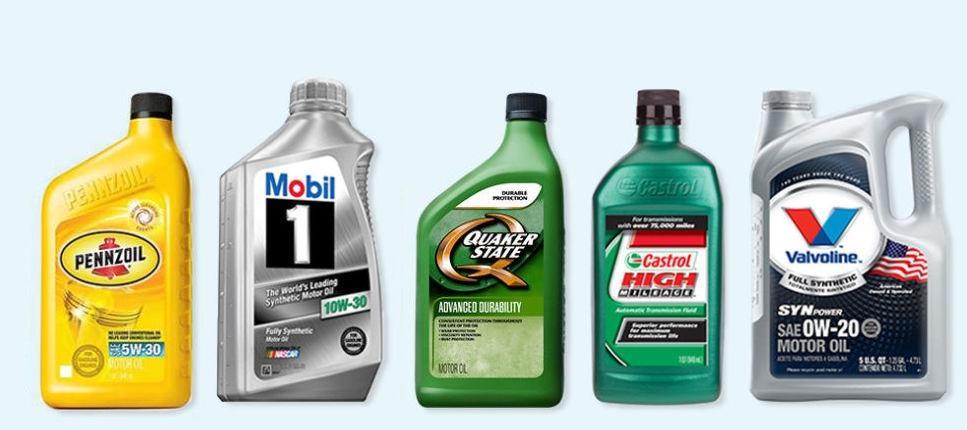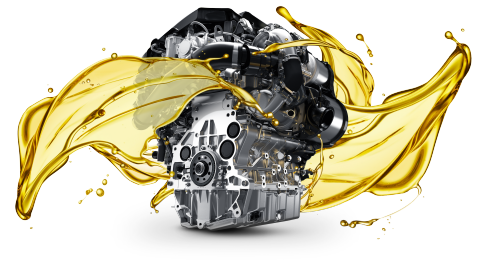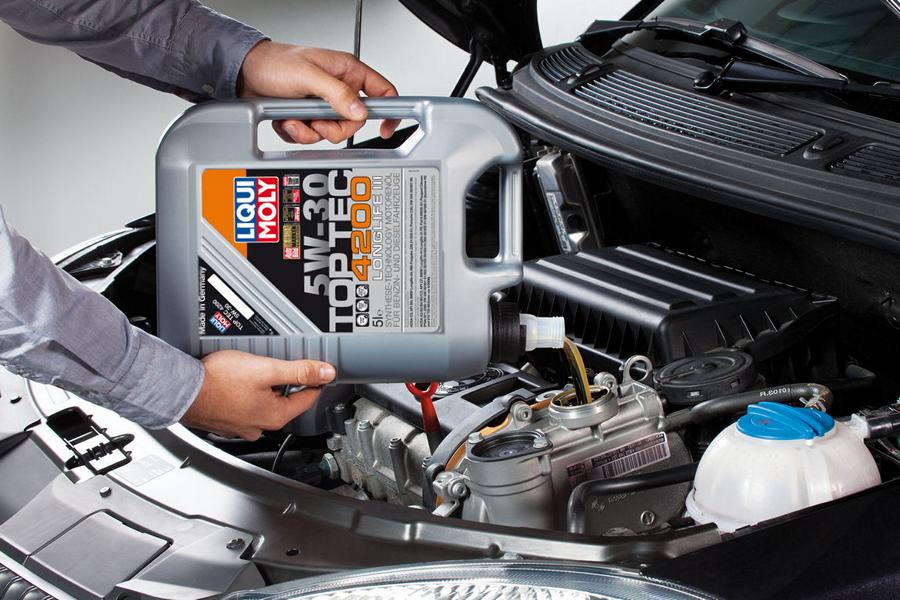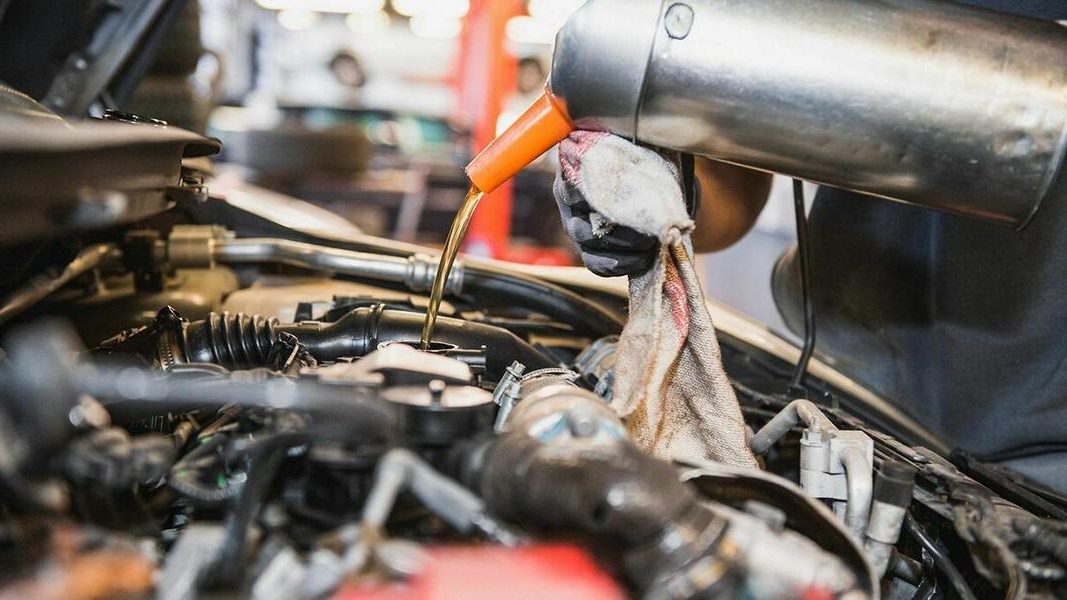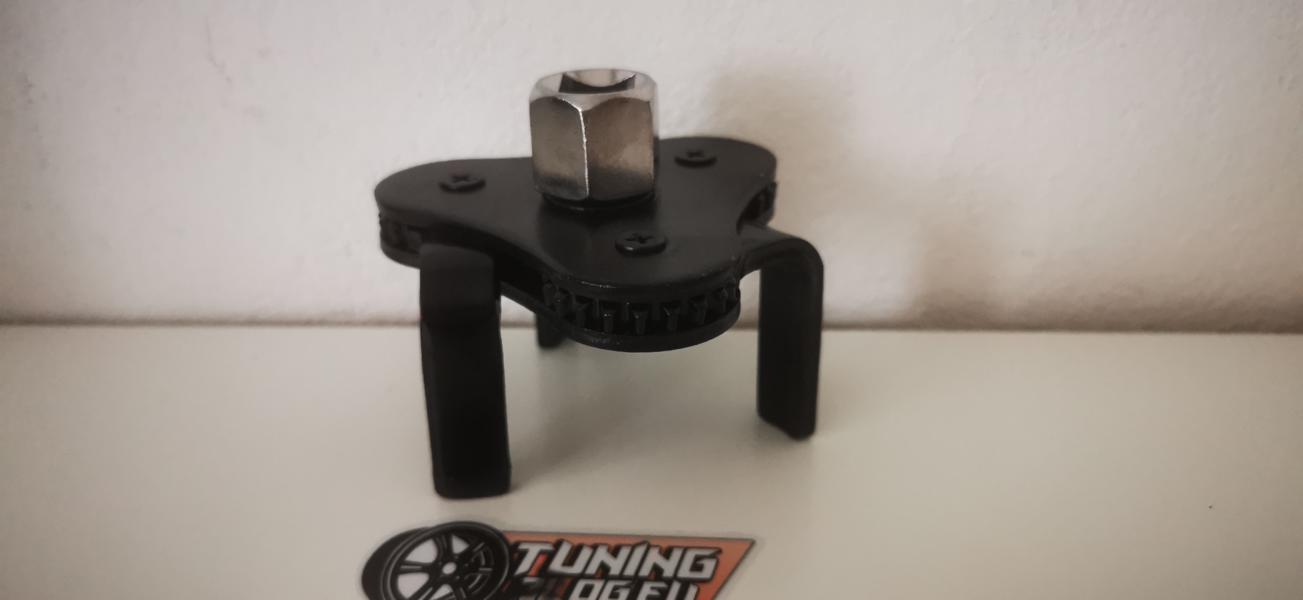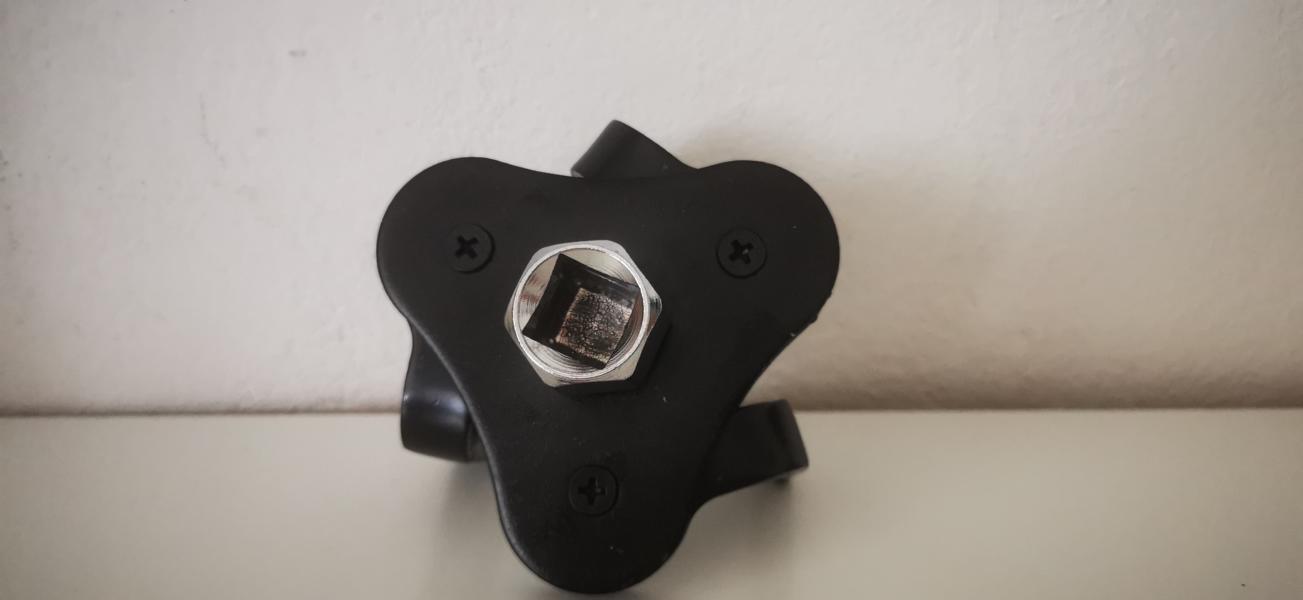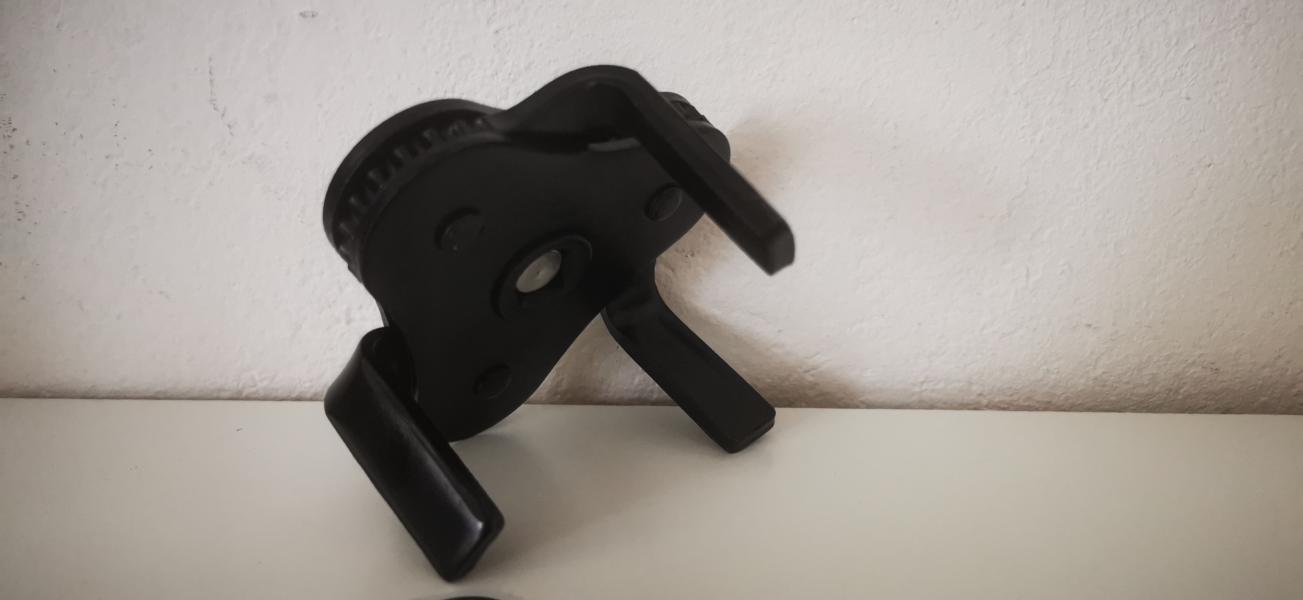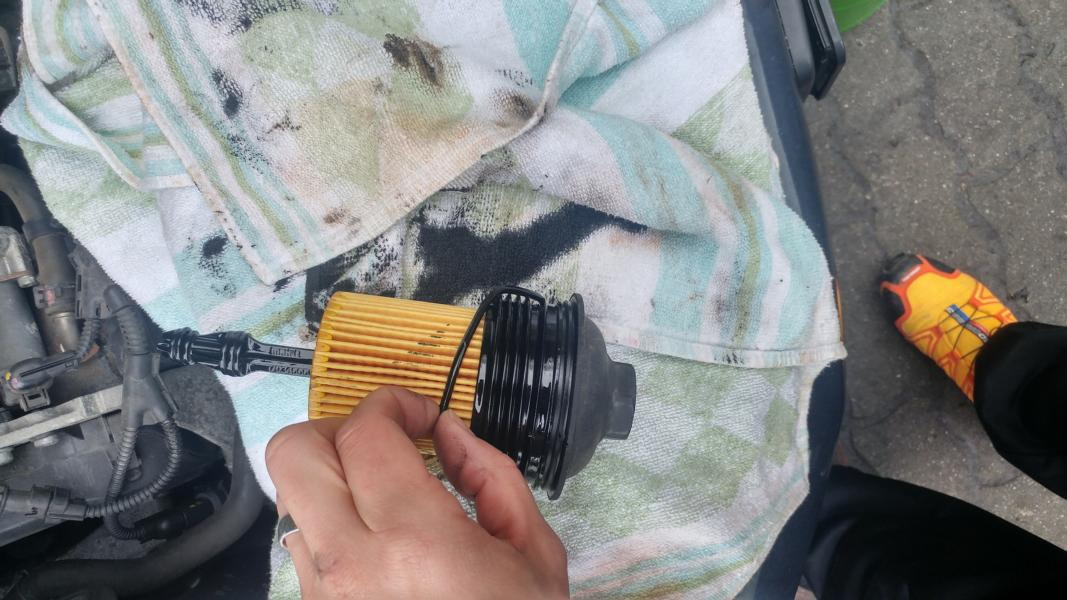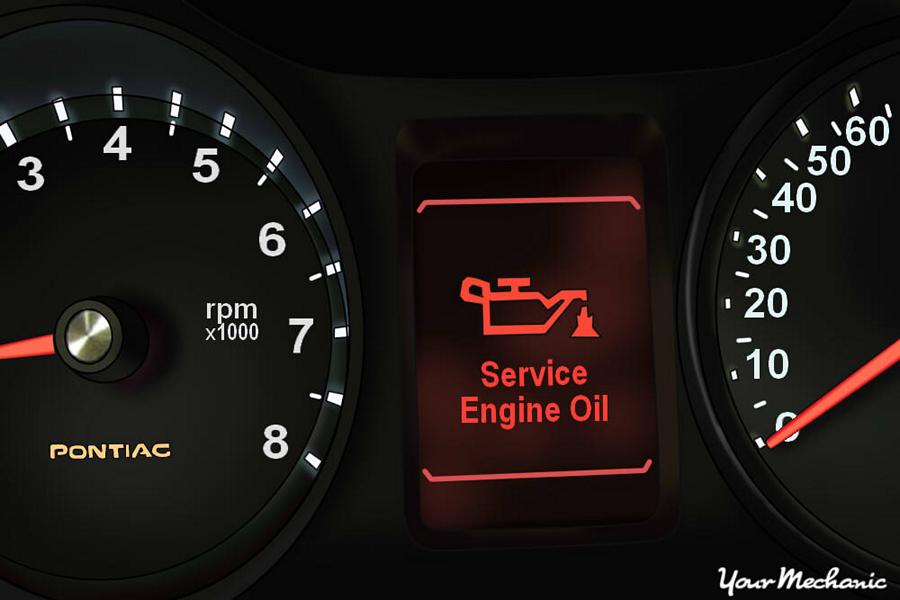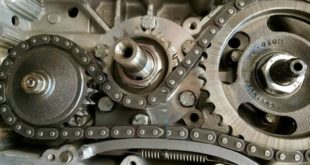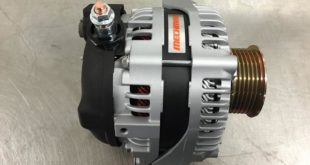Recently updated on October 27, 2022 at 12:43 am
There are a number of things to consider when maintaining a car. This also includes which engine oil must be used when changing the oil. Even if the engine oil is changed regularly in a specialist workshop, a certain basic knowledge should be available. Because in many cases the engine oil does not last from service appointment to service appointment. This means that the warning light flashes before the next service inspection is due. That means the oil level is critical. Of course, a specialist workshop can then also be visited. However, refilling is easy and can be done by the vehicle owner himself. Also the complete one Engine oil changes can be done by laypeople. Only a few, uncomplicated steps are necessary. But before the engine oil change can begin, it must first be clear which engine oil is the right one.
Our overview with jump labels
- Which engine oil is the right one?
- How do engine oils differ?
- Name of the longlife engine oil
- What should you watch out for when buying longlife oil?
- Why does the engine need oil?
- Other properties of engine oil!
- Engine oil even cleans the engine!
- Why do residues arise?
- Saving fuel with an engine oil?
- Do you have to change the engine oil yourself?
- This is how the oil change works. 5 steps!
- Reset service indicator
- Conclusion on the oil change
- Oil change tutorials
Which engine oil is the right one?
Which engine oil is right for the engine of your own vehicle depends on the engine installed. There is no general answer. Different engines require different engine oils. These are individually tailored to the combination of engine manufacturer, engine type, power and type of fuel used. Since not all motor oils are the same, there are binding specifications and appropriate approvals. Both the vehicle's operating instructions and the service booklet state which oils are suitable for the engine. In some cases, an information sticker is also attached in the engine compartment. A possible release by the VW Group would be VW 507.00, for example. Such releases can also be found on the oil canisters, so that a simple comparison is possible. On the other hand, general oil qualities according to the ACEA or API are rarely prescribed. The specifications are important and must be taken into account. Otherwise there is a risk of engine damage or loss of the warranty from the manufacturer. In a few cases, the manufacturer also stipulates that the same brand of engine oil must be used for topping up that was used during the inspection by the specialist workshop. If a different brand of engine oil is used in this case, there is a risk of loss of the guarantee. (Back to overview)
How do engine oils differ?
In principle, engine oils can be classified into the categories of mineral oils and synthetic oils. Mineral motor oils are refined from petroleum. The unusable components of the crude oil are removed during the refinery process. This classic production method is both simple and inexpensive. The production of synthetic motor oils is different. No components are removed here, but processing takes place by means of chemical processes. This creates the desired end result. In this case, specific properties of the engine oil can be used. (Back to overview)
Name of the longlife engine oil
This is a special form of engine oil Longlife engine oil. This is called like 5W30 longlife engine oil. The oil code "5W30" describes the low and high temperature viscosity of the oil. The value in front of the "W", which stands for winter, describes the flow properties of the oil when it is cold. The smaller the number, the better it flows at low temperatures. The last value stands for its flow properties under the influence of heat. The higher this number, the better it flows at high temperatures.
The designation Longlife stands for an engine oil that has to meet certain standards. This indication informs the consumer that it is only intended for engines with long scheduled change intervals. Longlife oils are thinner and with special Additives offset. As a result, they last longer and have optimal lubricity. If the engine is lubricated with long-life engine oil, it must be ensured that only the oil specified by the vehicle manufacturer may be used. (Back to overview)
What should you watch out for when buying longlife oil?
Particular attention must be paid to the compatibility of the engine oil when topping up on demand. The right long-life engine oil is not available at every petrol station. Not every retailer has it in their inventory either. It is therefore advisable to always have a sufficiently large amount in the car to refill. The following criteria must be observed when buying engine oil:
- The manufacturer's specifications in the service book must be observed
- Attention should be paid to brand quality
- The correct SAE class must be selected
- If necessary, specially labeled long-life oil must be selected
- If a special brand of engine oil is required to be topped up, this must be used (Back to overview)
Why does the engine need oil?
For a very short period of time, the engine of a vehicle can function without engine oil. This is because there are a number of moving parts inside an engine that are covered by a film of lubricant. If the film is missing, there will be abrasion, severe wear and tear and major damage. The engine oil ensures that the combustion engine is adequately lubricated. Especially for Piston and Warehouse this lubrication is important. While the engine is at a standstill, the engine oil supply is in the oil pan, which forms the bottom of the unit. As soon as the engine is running, it turns crankshaft and drives the oil pump with its own rotation. In this way, the engine oil is pumped from the oil pan into the lines and bores provided, to the lubrication points inside the engine. The rotation of the crankshaft also creates a light oil mist that is distributed throughout the engine. (Back to overview)
Other properties of engine oil!
In addition to lubrication, it is particularly important that the individual engine components are cooled. This regulates the heat dissipation in the engine. The engine does not overheat. The engine oil also serves as a seal. This seal makes itself felt in the area of Piston rings noticeable, which are sealed by the oil in the direction of the combustion chamber. This prevents pollutants from entering the engine. In addition, the oil film prevents the engine from corrosion. Because the oil-covered surfaces do not come into contact with air, they cannot corrode. (Back to overview)
Engine oil even cleans the engine!
An important property of engine oil is that it reliably cleans the inside of the engine. This will extend its service life. Because despite the lubrication, abrasion occurs in the engine. Tiny metal particles get into the engine oil. If there are too many metal particles, the sheer mass quickly leads to problems. That is why it is important to change the engine oil regularly. The metal particles are disposed of. Soot particles that arise during the combustion process are also captured here. (Back to overview)
Why do residues arise?
Particles and deposits cannot be completely avoided. It does not matter whether the engine is particularly modern or the gasoline is correspondingly high-quality. In the worst case, the microscopic particles can block the pistons and cause engine damage. The engine oil effectively transports them away so that they get caught in the oil filter. Natural oil aging, dilution with excess fuel and the build-up of condensation also play an important role in addition to contamination from the particles. For this reason, both the engine oil and the oil filter must be changed regularly and at strictly predefined intervals. (Back to overview)
With one of these universal oil filter wrench tool Incidentally, you can easily remove almost any oil filter.
Saving fuel with an engine oil?
According to motor oil manufacturers, modern oils also help to minimize fuel consumption and the associated emissions. Current branded products are also free of chlorine and heavy metals, which means that they can be easily recycled. In this way, manufacturers do their part to protect the environment. An optimally lubricated engine is reliable and therefore increases road safety. An important point for all road users, which some engine oil manufacturers emphasize. (Back to overview)
Do you have to change the engine oil yourself?
In older vehicles, changing the oil yourself is generally not a problem. With newer models, on the other hand, it makes sense to check in advance whether the independent oil change makes sense at all. In theory, it is always possible to change the engine oil completely yourself. The whole point is that the oil drain plug must be easily accessible. It must also be possible to solve this without special tools. If the necessary tools and know-how are available, an oil drain plug that is difficult to reach is not a problem. Alternatively, there is still the option of OIL suction available. (Back to overview)
This is how the oil change works - 5 steps!
- In the first step the dipstick is pulled out of its holder and the oil cap is opened. This procedure is not absolutely necessary, but the used engine oil can flow off better in this way.
- At the second step the cover of the oil filter housing is loosened. With newer models, this is either located in the housing or is protected by a cover. In older models, it is largely freely accessible.
- In the third step the oil change can start. To do this, it must be ensured that the vehicle is in a position in which the oil drain plug can be easily reached. Before loosening the oil drain plug, an oil drain pan must be placed under the engine. When the drain plug is opened, the oil then flows into the pan.
- In the fourth step the old oil drain plug is replaced by a new one. The old oil filter must also be removed and a new one installed.
- In the fifth step new engine oil is added. To do this, the dipstick is reinserted so that the level can be checked properly. As a general rule, you should first fill in less engine oil than stated in the operating instructions. It is then gradually replenished while at the same time checking closely. This ensures that the level on the dipstick is within the minimum-maximum range. When this level is reached, the engine is started. This distributes the oil inside the engine. An unusual clacking noise is possible for a short time, but this disappears within a few seconds. The oil level is checked again after a waiting time of approx. 10 minutes. If necessary, more oil is added. Finally, the oil cover is closed.
After the engine oil change has been successfully completed, the drained oil must absolutely properly disposed of will. Neither oil nor oil filters belong in the household waste. As a rule, the dealer will take the used oil and then dispose of it properly. (Back to overview)
Reset service indicator
Depending on the vehicle, the service display must of course be reset after changing the engine oil. And so there are numerous instructions on the net and we also have a few useful tips for you with an extra article on the subject of resetting the service display. You can find out how to reset the interval display by clicking on the link "Reset service display" presses. (Back to overview)
Conclusion on the oil change
When it comes to engine oil, experiments are not a good idea. When changing the engine oil yourself, the manufacturer's specifications should be observed. With the necessary know-how, changing the oil is easy to do. It does not necessarily have to be done in the workshop. It is also advisable to always have an engine oil approved for the vehicle in reserve with you. However, only a sealed original container is suitable as an emergency reserve. (Back to overview)
Oil change tutorials
Below you will find a few more instructions on how to change the oil in the vehicle yourself. If your vehicle is not there, simply use the familiar search terms on YouTube. (Back to overview)
Of course that had not happened yet!
tuningblog has countless other articles on the subject of car and auto tuning in stock. Do you want to see them all? Just click HERE and look around. In part, we would like to provide you with news but also off the tuning. In our category Tips, products, information & Co We have reviews of car or accessories manufacturers, new ones Tuning Wiki Terms or one or the other Leak veröffentlicht. Following an excerpt of the last articles:
|
A new sound system in the car? It is important to note that! |
Is the alternator defective? These are the symptoms and costs! |
"Tuningblog.eu" - we keep you up to date on the subject of car tuning and car styling with our tuning magazine and we present you the latest tuned vehicles from all over the world every day. It's best to subscribe to ours Feed and will automatically be informed as soon as there is something new about this post, and of course also to all other contributions.
 tuningblog.eu Your magazine about tuning the car
tuningblog.eu Your magazine about tuning the car
